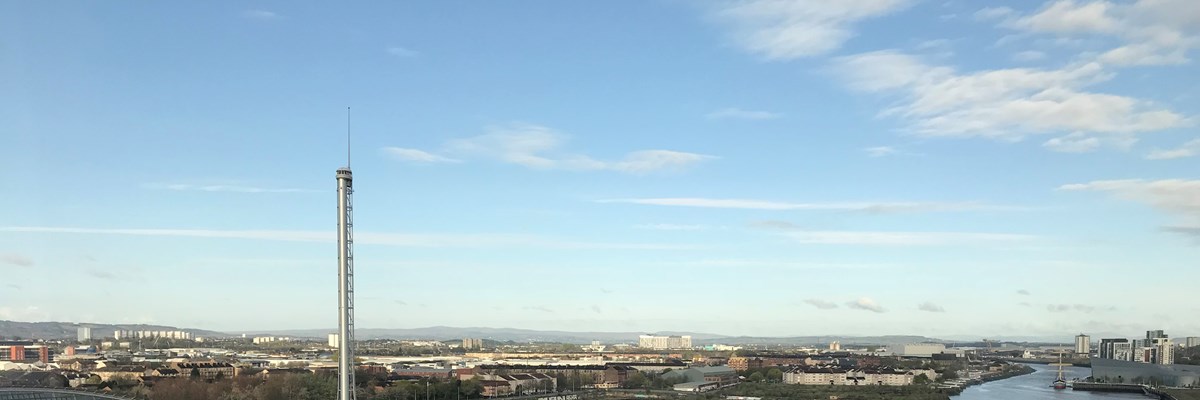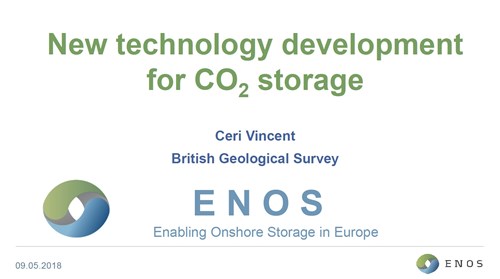All-Energy2018

Presentation of Ceri Vincent (BGS) on ‘New technology development for CO2 storage’ at the All Energy Conference in Glasgow, May 2018
New technology development for CO2 storage
As a key technology to mitigate climate change, CO2 Capture and Storage (CCS) remains an important global environmental topic. Improvements and innovations to sensors and monitoring strategies deployed at sites where the CO2 is stored in deep geological formations enable project operators to verify that the site is meeting requirements while increasing efficiency and safety, as well as reducing costs.
Advancements in storage site monitoring rely on improved understanding of the subsurface response or developments in technologies and data handling abilities. New monitoring technologies require verification at field laboratories and/or sites where CO2 is naturally seeping to the surface.
Building on an improved understanding of processes and mechanisms around fluid migration and storage in the subsurface/at the surface allows fine-tuning of deployment strategies and verification of new sensors for monitoring storage sites. Through a number of research programmes, development of innovative sensors designed for deployment at onshore and offshore sites is underway. These technologies monitor a range of environmental factors to confirm if CO2 is present in the subsurface. Technologies are also needed to examine groundwater and the atmosphere above the storage site to monitor for leakage and demonstrate the efficacy of remediation in the unexpected, highly improbable event of leakage.
One of the sites used for quantification of improvements in monitoring technologies is the UK GeoEnergy Test Bed (GTB), a national research facility founded by the University of Nottingham and the British Geological Survey. The GTB enables research into fluid migration through natural pathways in the shallow subsurface and testing of innovative monitoring technologies and strategies.
This presentation will focus on improvements and ongoing developments in monitoring technologies and strategies using field laboratories and locations where CO2 is naturally seeping to the surface. Sensors and strategies tested at a range of sites will be presented.



